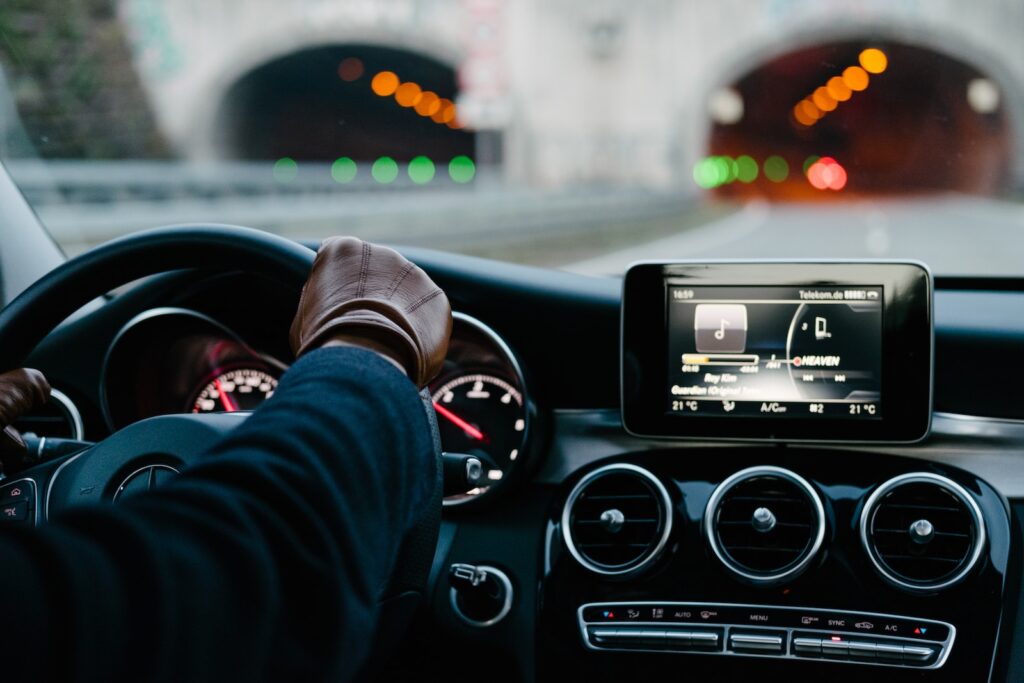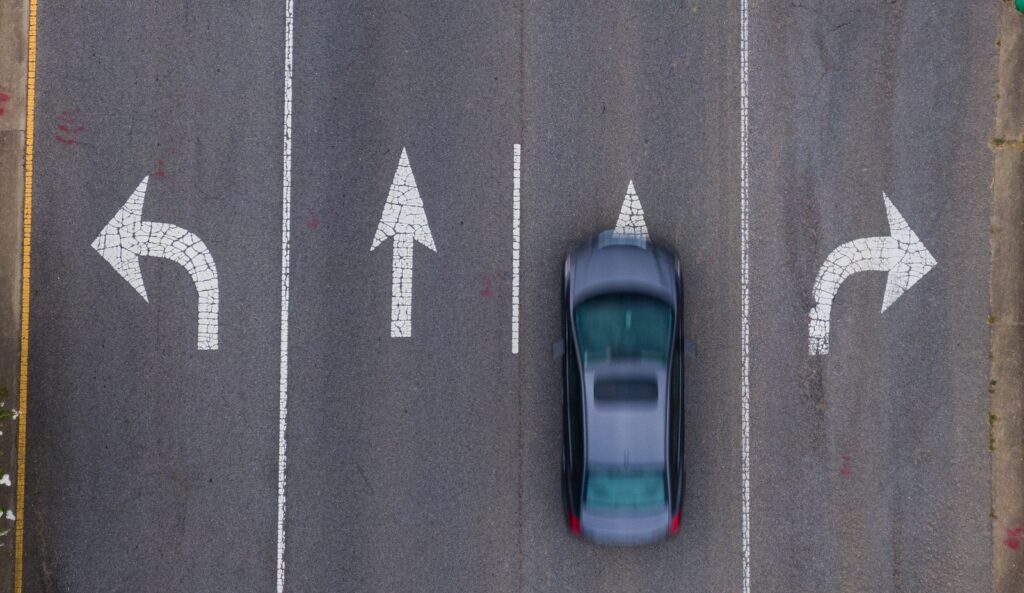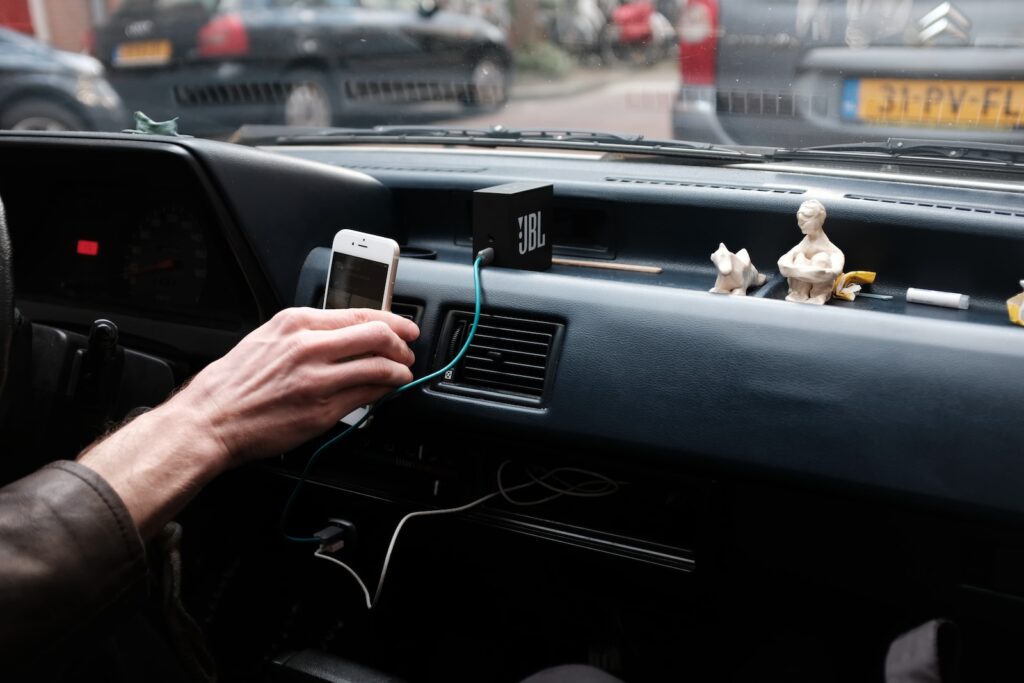Ever wondered how do car trackers work to enhance your daily commute? Staying informed and in control is essential in today’s fast-paced environment, especially during everyday commutes. For today’s commuters, car trackers have become important companions that provide an array of advantages. These cutting-edge gadgets can help you with real-time location tracking, increased driving effectiveness, or greater car security. Read more about car tracker benefits In our 10 Car Tracker Benefits: Enhancing Safety and Efficiency on the Roads article.
We delve into the inner workings of auto trackers and examine the many ways they enable commuters to take control of their journeys in this information-heavy listicle. So fasten your seatbelt and learn how auto trackers really work.
Table of Contents
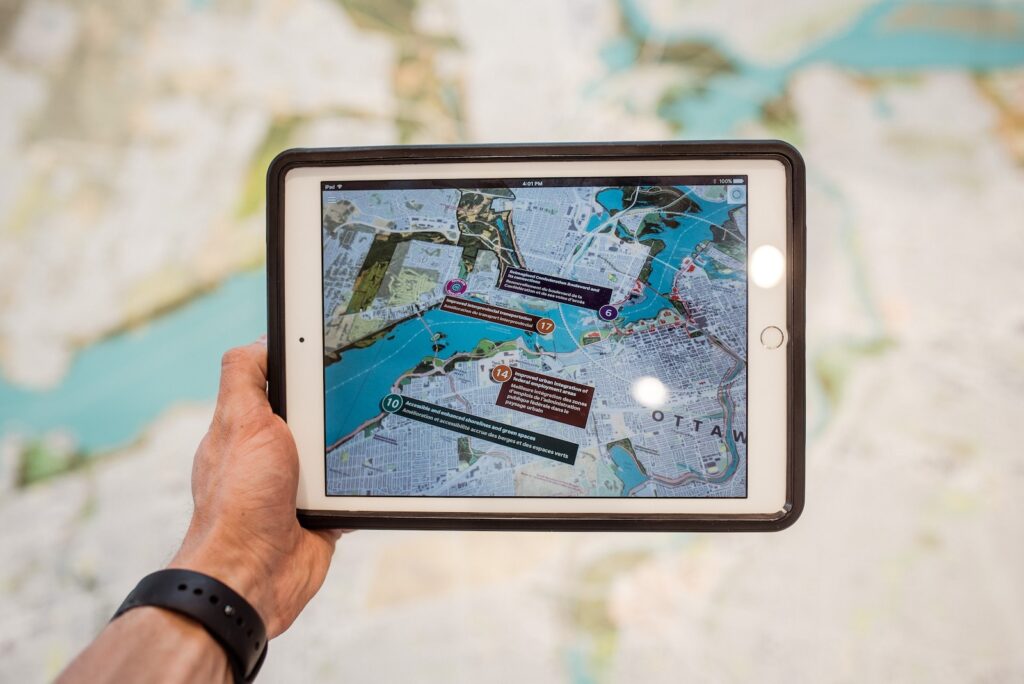
What are car trackers?
Car trackers are fundamentally smart and trustworthy GPS-enabled gadgets that act as your car’s eyes and ears. These clever trackers work diligently to determine the exact location of your car with unmatched accuracy by making use of the power of a massive network of satellites floating high above the Earth.
The secret to car trackers’ success is their capacity to convert this raw data into knowledge that you, the commuter, can use. You have unmatched control over following your car’s every move thanks to a user-friendly interface accessible on your computer or smartphone. You may watch it travel while keeping a close eye on its routes, stops, and destinations as if peeking through a virtual window.
Whether your car is driving on busy city streets or vast highways, the car tracker stays watchful and provides real-time updates with amazing accuracy.
Types of Vehicle Tracking System
The Global Positioning System (GPS) and cellular connectivity are combined to power car trackers, often known as GPS vehicle trackers or telematics systems. These gadgets are usually discreetly put in cars and act as potent tools for data monitoring and real-time position tracking. Here is how car trackers work:
GPS Technology
At the core of car trackers is GPS technology. GPS is a global navigation satellite system comprising a network of satellites orbiting the Earth. These satellites constantly broadcast signals, and car trackers receive these signals to determine the exact location of the vehicle. By triangulating signals from multiple satellites, the tracker can pinpoint the vehicle’s latitude, longitude, and altitude with remarkable accuracy.
Data Collection and Processing
Once the car tracker establishes its location using GPS, it collects additional data from various vehicle sensors and systems. This data may include speed, direction, acceleration, braking patterns, engine status, fuel consumption, and more, depending on the sophistication of the tracker and its specific features.
Cellular Communication
After gathering the necessary data, the car tracker transmits it in real-time to a remote server using cellular communication. Most car trackers come with a built-in SIM card and operate on cellular networks, allowing them to send and receive data seamlessly. The frequency of data transmission can vary based on the tracker’s settings and the provider’s service plan.

Data Analysis and Storage
Once the data reaches the remote server, it undergoes thorough analysis. Advanced algorithms process the information to create comprehensive reports on the vehicle’s movements and performance. These reports are accessible to users through web-based platforms or mobile apps, offering a user-friendly interface to monitor and manage the tracked vehicle.
Real-Time Tracking and Monitoring
With the car tracker sending data at regular intervals, users can access real-time information about their vehicle’s location and various parameters. This capability is particularly useful for fleet management, personal vehicle security, and keeping track of loved ones or employees.
Geofencing and Alerts
Many car trackers offer geofencing features, allowing users to define virtual boundaries or geofences on a map. When the tracked vehicle enters or exits these predefined areas, the system triggers alerts via SMS, email, or notifications on the tracking app. Geofencing adds an extra layer of security and can help monitor vehicle usage within designated zones.
Historical Data and Reports
Car tracking systems save past information, creating a record of a vehicle’s movements, driving style, and performance. This extensive database of data functions as a digital time machine, allowing users to go back and view previous routes and rides that their cars have done. They can acquire deeper insights into their driving habits, favorite routes, and frequent destinations by digging deeply into historical data. By analyzing this abundance of data, one can increase driving efficiency and safety over the long run in addition to streamlining daily travel.
Types of Car Trackers
The three types of GPS trackers available are plug-in, hardwired, and battery-powered.
1. Plug-In Vehicle GPS Trackers (OBD GPS Tracker)
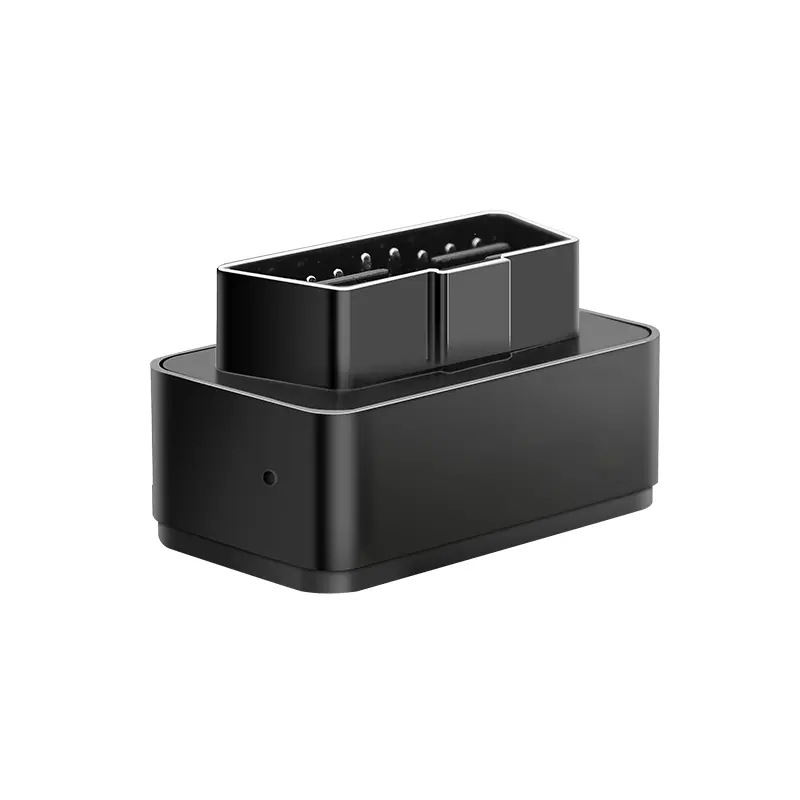
Plug-in GPS trackers, also known as OBD GPS trackers, are GPS trackers that plug into a car’s port. All American vehicles must have an OBD II port, into which mechanics can plug their computers to access data from the vehicle’s sensors, as in the mid-1990s.
Although each car has a different placement for the OBD connection, it is typically situated below the steering wheel (Find your car’s ODB connection) or just above the driver’s knees. Additionally, the connector may provide data and power to the plugged-in GPS tracker. Plug-in trackers can determine if a car is on or off and are small and simple to install.
2. Portable Battery-Powered GPS Trackers for Car
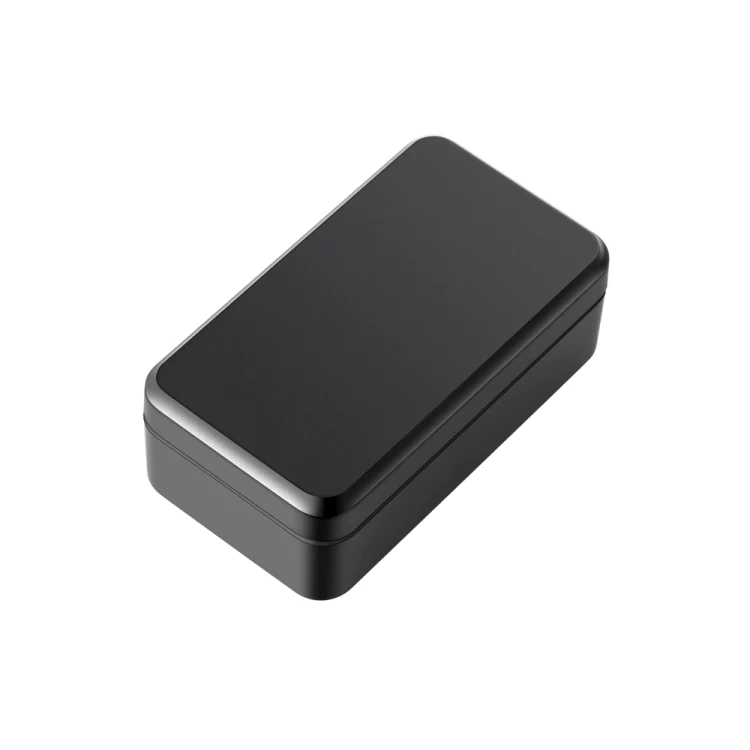
Battery-powered GPS trackers are innovative and versatile devices that offer convenient and flexible tracking solutions. Unlike traditional car trackers that require a direct power connection from the vehicle, battery-operated GPS trackers are self-contained units equipped with their power source. This feature grants them the ability to be installed effortlessly.
As a result, battery-operated GPS trackers are the go-to choice for individuals and businesses seeking flexible tracking solutions that transcend the limitations of traditional wired trackers.
3. Hardwired Car GPS Trackers
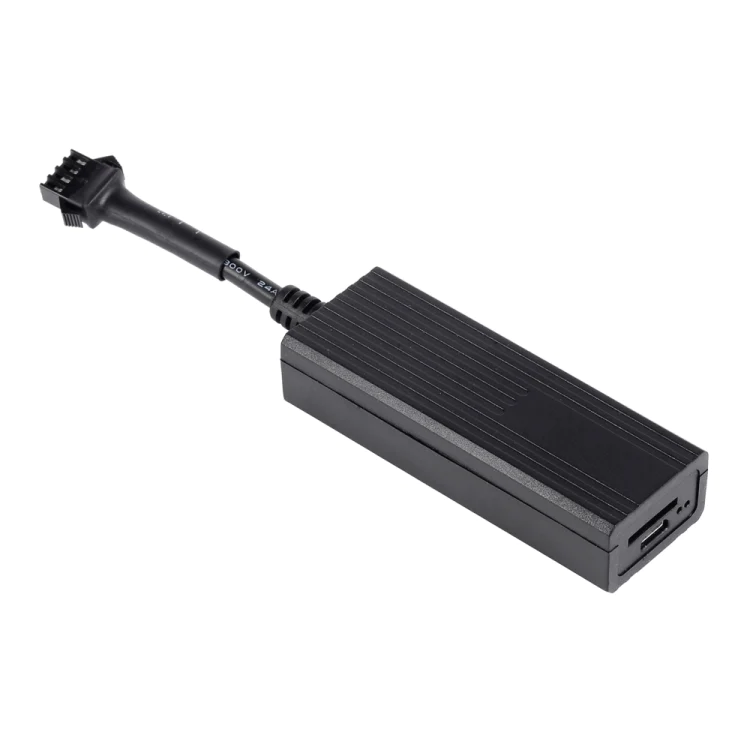
Older cars may not have an OBD port, and diesel trucks may use a different OBD standard that is incompatible. In such cases, a hardwired GPS tracker can be utilized.
This kind of gadget would be your first choice if you’re seeking a concealed vehicle GPS tracker. They can be concealed without affecting how well they perform. They frequently sit beneath the dashboard.
Where to Install a Car Tracker?
The efficiency, security, and concealment of a car tracker all depend on where it is installed. When choosing where to place a car tracker, take into account the following factors:
Discretion and Concealment
The primary objective of installing a car tracker is often to monitor the vehicle discreetly. Choose a location that is inconspicuous and not easily visible to drivers or passengers. Ideally, the tracker should be hidden from plain sight to avoid potential tampering or theft.
Avoid placing the car tracker in common locations that potential thieves might check, such as the glove compartment, center console, or under the seats. Thieves are more likely to search these areas.
GPS Signal Strength
For accurate GPS tracking, ensure the car tracker’s GPS antenna has an unobstructed view of the sky. Avoid installing it in areas where metal or other materials could block the GPS signal, such as under metallic surfaces or behind large objects.
Durability and Protection
Select a location that offers protection from harsh weather conditions, excessive heat, or water exposure. Consider areas that provide some level of protection against potential damage caused by debris or accidental impact.
Electrical Connectivity
If the car tracker requires a direct power connection, choose a location close to suitable power sources in the vehicle. This may involve connecting to the vehicle’s battery or using specific electrical circuits based on the tracker’s power requirements.
Access for Maintenance and Removal
While you want the car tracker to be discreet, make sure it is accessible enough for maintenance and removal when needed. This is particularly important if you plan to switch the tracker to another vehicle or perform routine maintenance.
Legal Considerations
Check the local laws and regulations related to car tracker installations. Some regions may have restrictions on where you can install tracking devices, especially if they interfere with safety features or can be seen as invading privacy.
Vibration and Stability
Securely fasten the car tracker to minimize vibration while driving. Excessive movement may lead to inaccurate data readings or premature wear on the device.
Compatibility with Vehicle Type
Some car trackers are designed to work better in specific types of vehicles. Consider the compatibility of the tracker with your vehicle’s make and model to ensure optimal performance.
Take Home Message
In the age of technology and connectivity, car trackers have emerged as significant game-changers in managing and enhancing daily commutes. Utilizing the synergy of GPS and cellular technology, these smart devices provide real-time location tracking, comprehensive analysis of driving behaviors, enhanced vehicle security, and much more. Whether it’s optimizing route efficiency, ensuring the safety of loved ones, or providing insights into vehicle performance, car trackers are playing an increasingly crucial role.
Available in various forms such as plug-in, battery-powered, and hardwired, they cater to a wide range of needs and vehicle types. However, the effectiveness of these trackers depends on their proper installation and compatibility with the vehicle. In conclusion, by adopting car trackers, commuters can gain control over their journeys, bringing about improved safety, efficiency, and overall peace of mind in their everyday travel. With their transformative benefits, car trackers are indeed reshaping the landscape of modern commuting.
FAQ
How do you tell if there is a tracker on your car?
To detect a tracker on your car, visually inspect common hiding spots such as the undercarriage, wheel wells, bumper, and inside the trunk. Also, check the glove box, under the seats, and behind the dashboard. Look for unusual wires or a small, box-like device. Use a flashlight for better visibility. For a more thorough search, consider a professional inspection or using a bug detector that can spot GPS signals. Remember, invasive surveillance may be illegal, so if found, contact the authorities.
Does a tracker work when car is off?
Yes, a car tracker can work even when the car is off. This is because car trackers are typically wired directly into the vehicle’s power source, or they might have their own battery. This allows the tracker to continue transmitting data, such as the vehicle’s location, even when the vehicle’s ignition is turned off. It’s worth noting, however, that the specifics might vary depending on the type and model of the tracker used.
What are the disadvantages of car tracker?
While car trackers offer several benefits, they do have a few potential disadvantages:
Privacy Concerns: Continuous tracking can invade privacy, especially if used improperly or without consent.
Cost: Initial cost for the device, plus possible ongoing service fees for real-time tracking and data storage can add up.
Dependence on Network: Trackers depend on GPS and cellular signals. If these are weak or non-existent, tracking accuracy suffers.
Potential for Misuse: In wrong hands, trackers can be used for malicious purposes like stalking.
Installation and Maintenance: Installation may require professional help, and devices can experience technical issues or require battery replacement.



